Introducing BA Modes: The Nine Different Hats Business Analysts Wear

An illustration of several objects (including a fire extinguisher, a truck, a mobile phone, and potted plant). In the middle of the objects are the words: "Business Analyst Modes".
A year ago I shifted teams within the same company. While my title remained the same (Senior Business Analyst), my day-to-day job changed wildly. Where previously I was doing detailed technical analysis and documentation, now I am doing crisis management and design. Where one BA role was delivery focused, the other is strategic.
The stark differences between the roles got me to thinking about all the different hats that Business Analysts wear.
The result? BA Modes!
Introducing the BA Modes
Close to a decade ago I attempted to map out all BA work into one massive decision tree that would help me to work out how to tackle any situation. I envisioned an amazing flow chart that ended with gather the requirements or prioritise the backlog or some other BA action. It was bound to fail spectacularly and, unsurprisingly, it did!
The actions we Business Analysts take are dependent on the situation and are guided by what we're trying to achieve at that point in time. Which makes total sense because we operate in complicated environments. But rather than giving up and saying it depends to everything, I tried to find patterns in the chaos of the role!
And I noticed that there are some common BA Modes in which I tend to operate. I don't use all of them in every role, but there are patterns to how I approach pieces of work. For example, I do things very differently when I am in Crisis Mode. And there's a notable difference between Facilitator Mode and Communication Mode.
The more I played with this idea of modes, the more I realised how useful it is as a framework for discussing business analysis.
And I reckon that being more conscious of the BA modes in which we operate can help us to be more deliberate about how we approach a problem or situation! It could also save us from the all BA processes are requirements processes trap, which I think leads to our value being unrecognised in many organisations.
At the very least, understanding BA modes could help us talk more meaningfully about our work.
Updated July 2024
This article has been edited to update the summary of each mode, to fold in feedback, and to include references to BA(D) modes!
Without further ado, the BA Modes I've identified are:
- Analysis Mode
- Documentation Mode
- Investigation Mode
- Strategy Mode
- Delivery Mode
- Facilitation Mode
- Design Mode
- Communication Mode
- Crisis Mode
I want to dig into each in turn but — like any good clean fun — some explainers first!
- Modes are not individual to a BA role or job; a BA might operate in many modes over the course of an engagement!
- Outputs and activities might be more common in particular modes, but are not exclusive to a mode.
- In general, a piece of work will expect you to operate in a particular mode.
In short, modes are just a way to label and talk about our work, with a focus on what we're trying to achieve and the way we tackle our work, rather than focusing on the specific activities or artefacts we might produce while doing it.
Let's start with the least surprising mode …
Analysis Mode 🔬
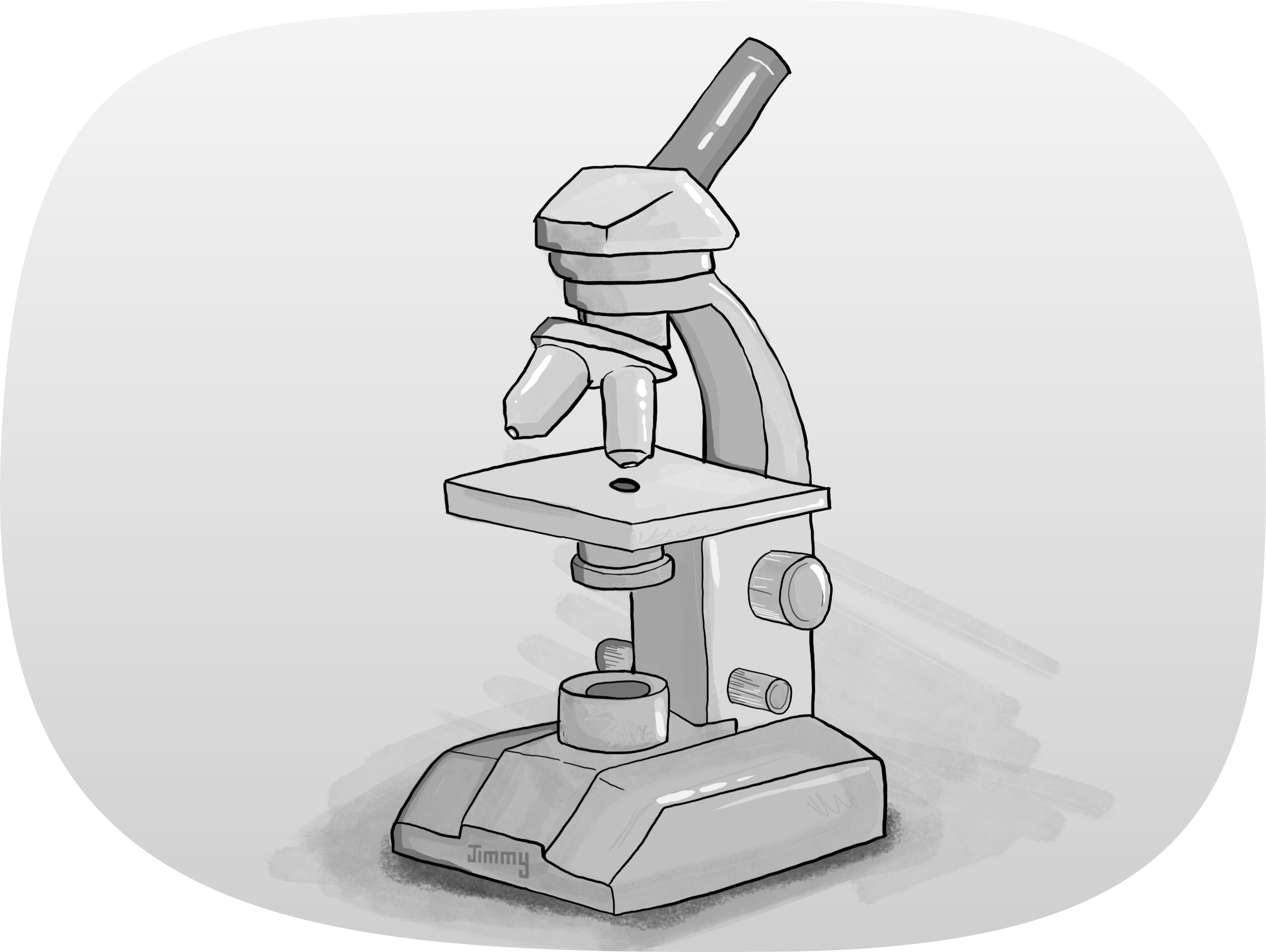
If you don't like working in Analysis Mode, you probably aren't a BA! 🔬
We all know what it feels like to be in Analysis Mode! You're digging into the details, decomposing systems, categorising the parts, and evaluating the information for completeness and sense. You're going deep to clarify how the different parts fit together. Your goal? Understanding!
You might be:
- Checking for completeness and consistency
- Decomposing systems and information
- Conducting thought experiments
- Identifying interdependencies
- Synthesising information
- and more …
The whole point of Analysis Mode is building a super clear picture of what is going on, and I honestly don't think I've met a BA who doesn't love Analysis Mode. But it isn't always smooth sailing.
I'm sure you will have experienced analysis paralysis, or have have been swamped by the details. While it might often be a solo activity, you can avoid paralysis and drowning by working with a buddy. With more than one brain on the question, you can identify more patterns and ultimately, end up with a better result.
Analysis Mode is pretty much the only must have mode for any BA role. If you know nothing else about a BA job, you can guarantee it will include analysis. Just be careful you don't fall into Paralysis Mode! 🪼
Documentation Mode 🗂️
One of my least favourite BA modes is Documentation Mode! 🗂️
When in Documentation Mode, the BA is the official chronicler of what has happened, what was discussed, and what was agreed — all for future reference.
Objectivity is vital; you are explaining events, NOT writing fiction or adding spin. You know you're in documentation mode when you're focusing on facts and the purpose of the work is the persistence of information for later use. In Documentation Mode you are:
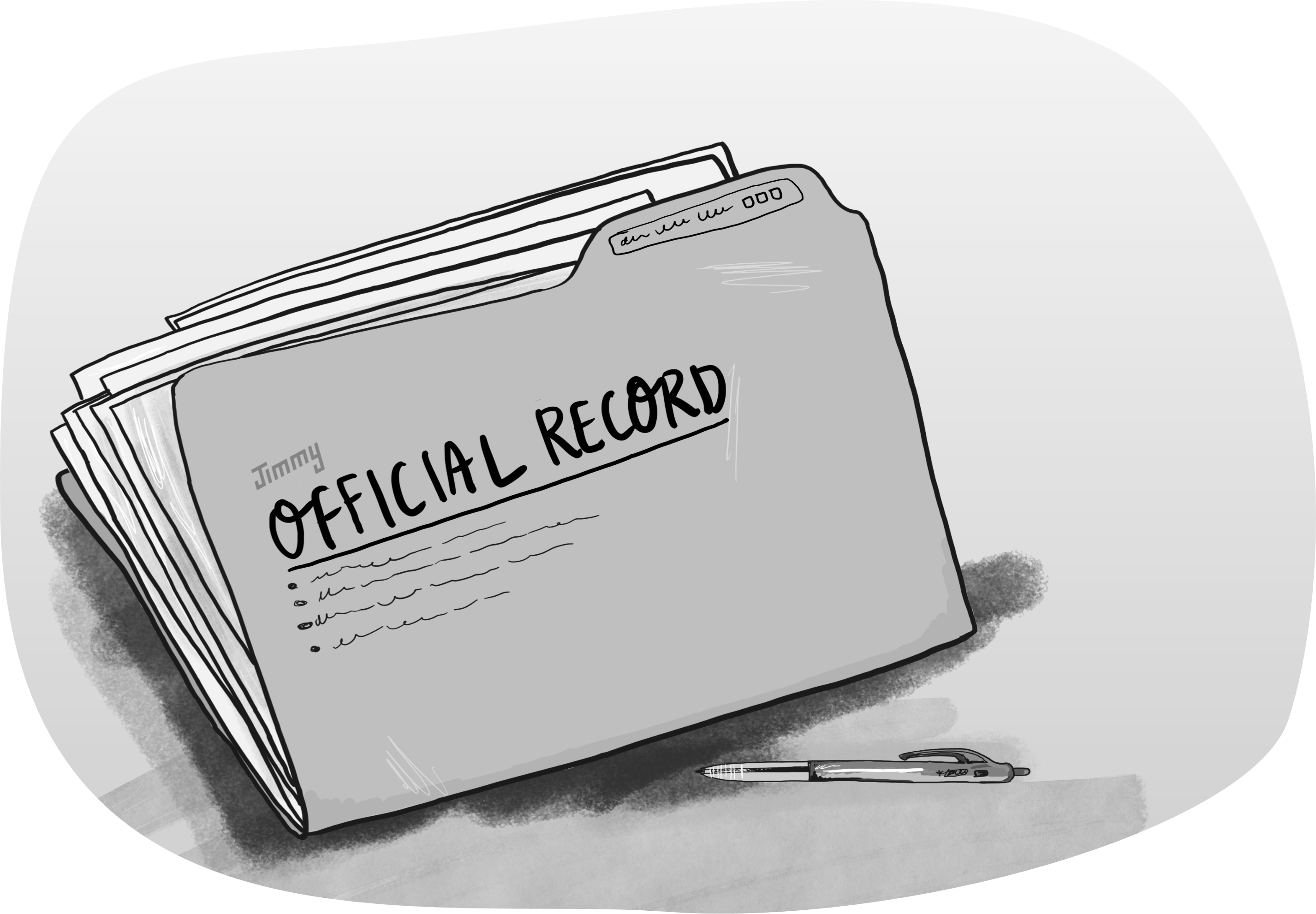
- Recording details and documenting requirements
- Compiling meeting minutes
- Cataloging information
- Organising and filing
- Writing reports
- and more …
It all sounds a bit boring and easy but it's actually really hard to ace!
Great documentation is masterful; bad documentation is amateurish. If the documentation is done without thought, then the BA is just a team secretary, or, worse, a stenographer who just records everything, producing screeds and screeds of difficult to find and consume records. We all have had the experience of picking up someone else's work and either having to wade through a mountain of stuff, or not even being able to find anything to reference.
Both situations slow down handover and hamstring the team. And both can be avoided with good documentation.
I know this, and yet it is still personally my least favourite mode to work in. Honestly, that's because doing a great documentation job is hard, and it doesn't come as naturally to me as the other modes do. Plus I'm usually itching to tackle the next problem.
But even though Documentation Mode isn't my favourite, I don't avoid it because I know how important it is. Too important to ignore, and too important to let myself fall into Receptionist mode.
Investigation Mode 🔍
I love a good murder mystery mystery, and I love working in Investigation Mode! 🔍
When you're a BA in Investigation Mode, you are essentially a detective, hunting down evidence and solving mysteries. You find and follow leads, collect evidence, interview people who might know SOMETHING, and research possible causes until you have solved the case!
You know you're in Investigation Mode when you're tasked with discovery and you're focused on a problem or an issue. Investigation Mode looks different in different organisations and environments, but it usually involves:
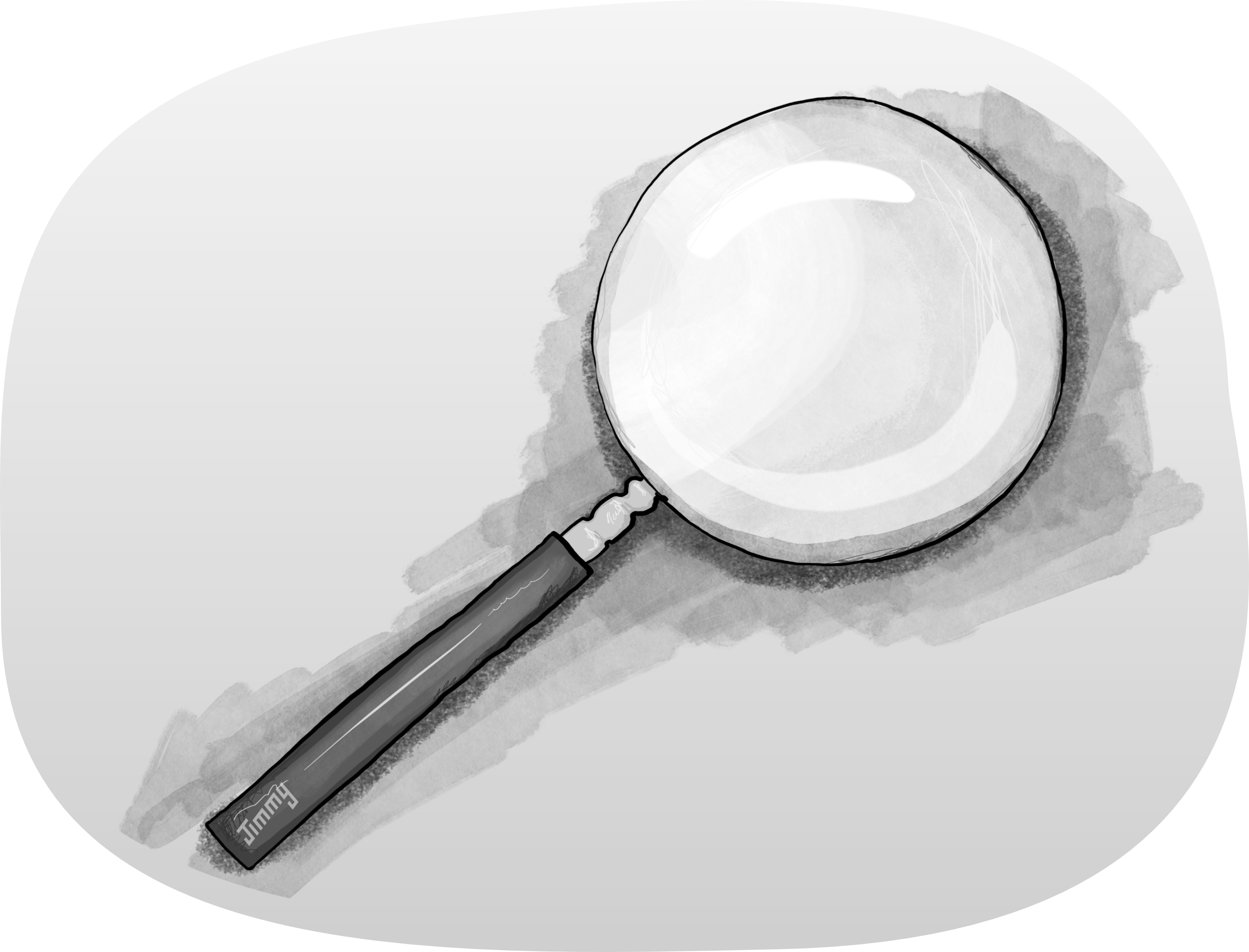
- Conducting interviews with SMEs
- Conducting root cause analysis
- Writing problem statements
- Collecting facts and data
- Synthesising evidence
- Drawing insights
- Doing research
- and more …
It is one of my favourite modes because you get to solve problems — which is why many of us became BAs in the first place. I like it so much that I look for roles where Investigation Mode is almost certainly going to be required. I love unpicking a puzzle, and the satisfaction of solving the case.
But I also live in fear of slipping into Presumption Mode and having a case go cold on me because I have become distracted by a red herring and end up leaving the organisation without the answers they need to progress.
Strategy Mode ♟️
The more senior I have become as a BA, the more often I have had the opportunity to work in Strategy Mode.
Strategy Mode is a kind of consulting! You're a coach who is helping the business envision their future state and their direction of travel! But unlike some consultants who live in Fantasy Mode, a BA in Strategy Mode isn't wishy washy, they support the business to help to determine real options, and they help to identify actionable steps that will move the organisation in its chosen direction.
In Strategy Mode, you might:

- Provide strategic recommendations
- Identify long-term business goals
- Undertake competitor analysis
- Conduct enterprise analysis
- Define business strategies
- Develop business cases
- Assess market trends
- and more …
Working in Strategy Mode is always fascinating. You get to help a business (or a department) create their future, and to watch as it comes to fruition. How cool is that?
Recently, I have been working on a Customer Experience Strategy. It has probably been the most fun Strategy Mode job yet! Not the least because of the fab team with whom I work. This is the kind of work that I've been doing with increasing frequency (and joy) throughout my career.
Strategy Mode is the most complex application of the business analysis skillset because you're working at organisational level while also ensuring that the details are taken care of.
Delivery Mode 🚚
A Business Analyst in Delivery Mode is like a conductor, coordinating the team's activity to make sure that everyone has what they need to get deliverables out the door.
When in Delivery Mode, the BA helps the team to build and implement the desired solution — which makes it sound boring. It is anything but! The big scary deadlines and technical complexity common in Delivery Mode are offset by working with a team of different experts. You'll have technical, quality assurance, designers, and even more peeps to lean on when the going gets tough.
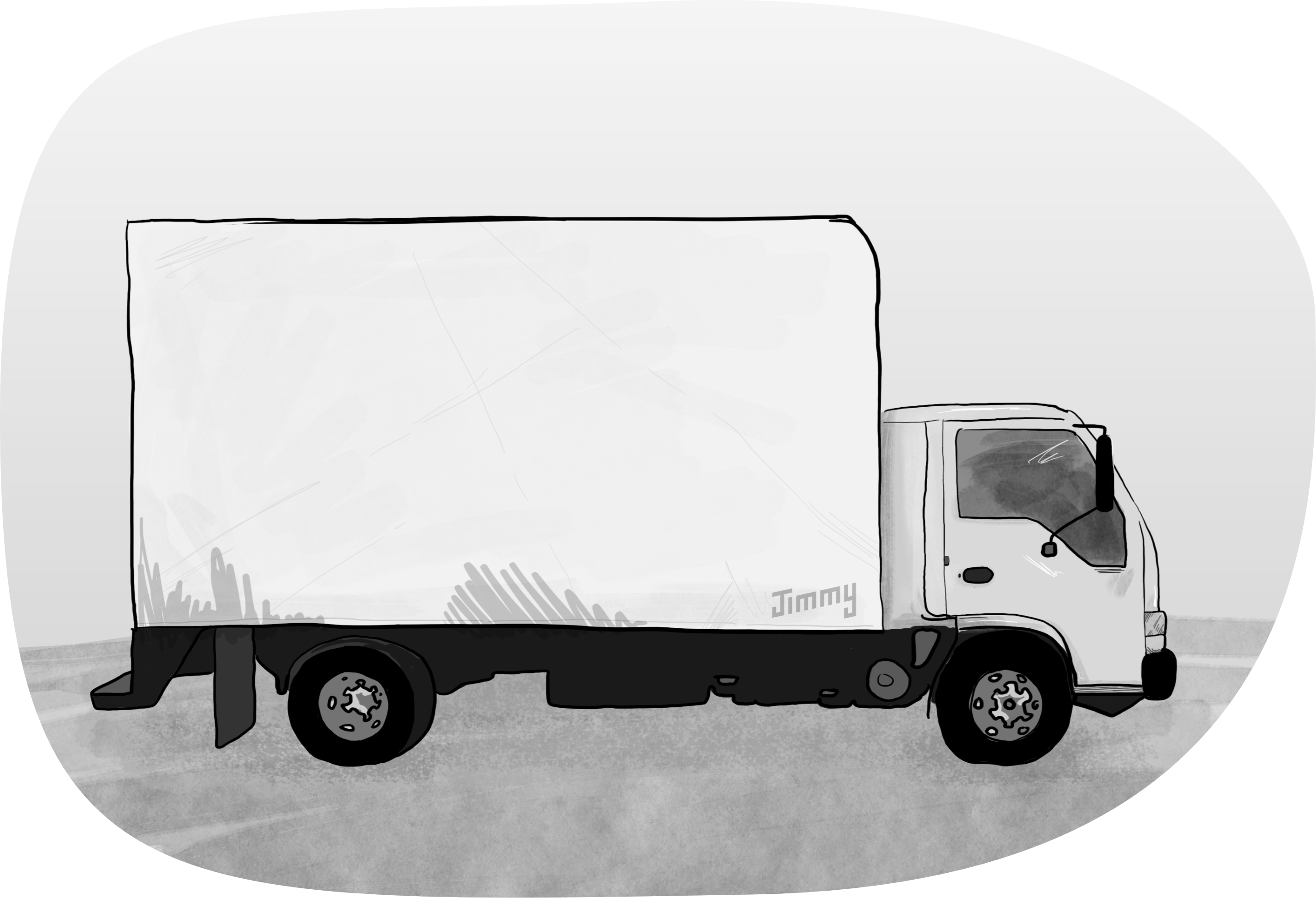
Your value-add to the team? You'll help elaborate and refine work, make plans, define value, identify dependencies, and monitor outputs to ensure that the solution is fit for purpose.
Common activities undertaken in this mode include:
- Refining backlogs and estimating effort
- Project planning and prioritisation
- Breaking down work into tasks
- Monitoring team delivery
- Verifying outputs
- User support
My very first BA role was on a delivery team, and I've never quite shaken the get-stuff-done bug. Because once you experience the hum of a good team powering through the work, you'll never forget it. You might even consider becoming a project manager … right up until you realise that being in the details is more fun (or at least this is my experience).
A humming team isn't guaranteed though. Gotta watch out for the Obstruction Mode trap!
Facilitation Mode 🪴
I might like Facilitation Mode a little too much.
I'm the person who, at the end of a ninety minute workshop, would happily go a little longer. For me, the act of creating space for collaboration is just magic. There's something amazing about unpicking a problem, or growing an idea, with a group of people.
When in Facilitation Mode, the Business Analyst enables participants to share perspectives, contribute information, navigate conflict, and ultimately build consensus. The focus is on finding or creating alignment. To do that, the BA creates an environment conducive to collaboration, helping the team to make real progress towards a shared goal!

Common activities undertaken in this mode include:
- Moderating discussions and keeping people on track
- Facilitating consensus-driven decisions
- Planning and running workshops
- Guiding brainstorming sessions
- Encouraging participation
- Mediating conflicts
At their most powerful, BAs in Facilitation Mode bring a special kind of collaboration that uses the deep knowledge that a BA has built of the problem space to enable truly informed decision making by participants.
There's a lot of Facilitation Mode littered throughout everything we do as Business Analysts, and I suspect that facilitation skills are only going to become more important to the BA role. Because to tackle complex problems well, you need complex problem solving. And complex problem solving requires facilitation!
Just beware of falling into Enforcement Mode while you're there!
Design mode 🎨
Despite the furore surrounding the do BAs do design
that I triggered last year, I am convinced that we Business Analysts do actually do design! Just maybe not Design (capital D) as most people think of the word.
When you're a BA in Design Mode, you contribute to the design process. Your knowledge and understanding of the problem space helps the team create a clear and rational solution to the problem you're all trying to solve.
Of course, you aren't usually leading the process. Instead, you're more likely to be focusing on making sure the solution is conceptually coherent and aligned to business objectives. You might spend your design time:
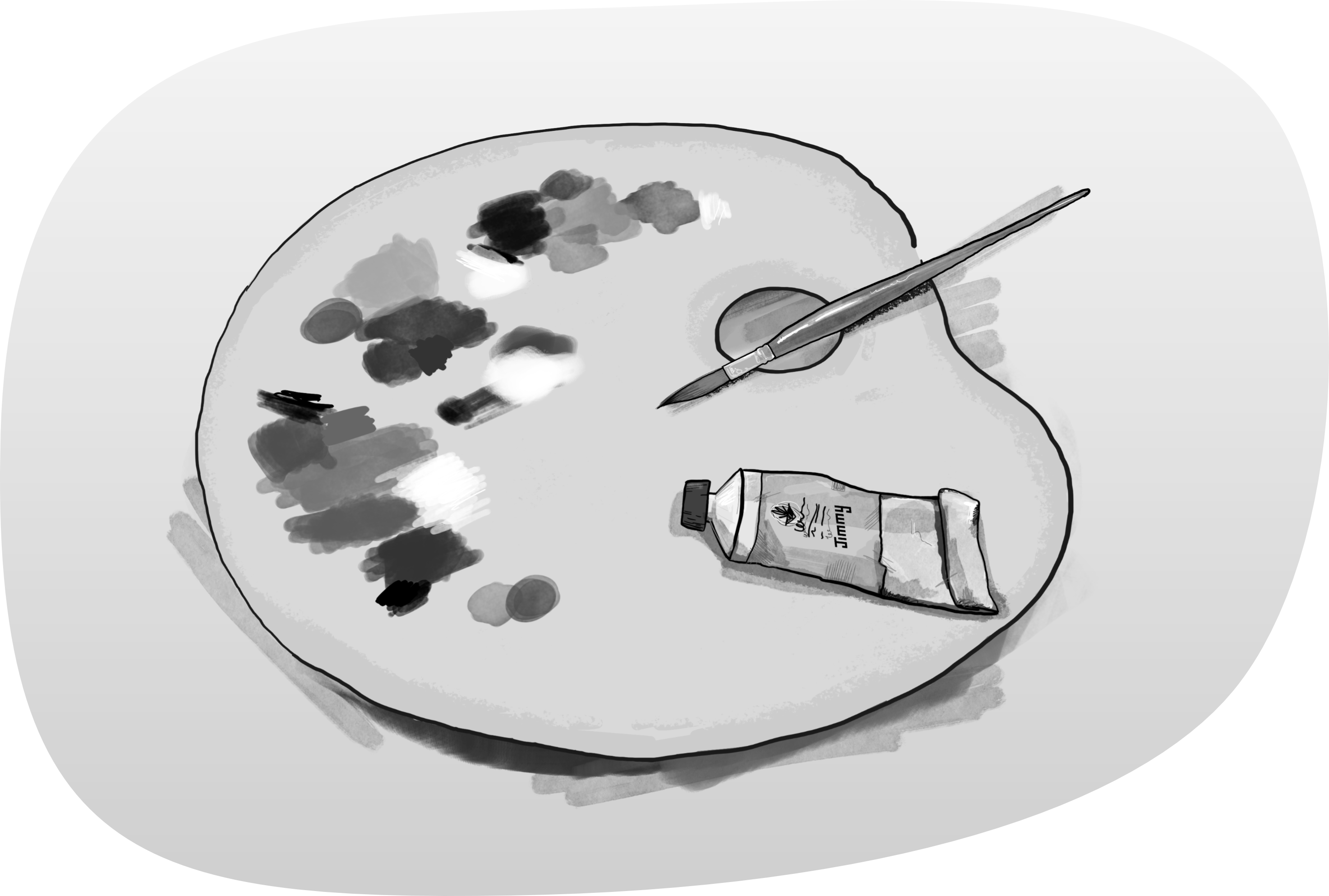
- Ideating
- Prototyping
- Synthesising
- Wire-framing
- Creating new processes
- and more …
Design Mode is fun! You often feel like you’re using all your creative energy to make something new.
But the very best part of Design Mode is the people with whom you get to work. When you're in Design Mode, you get to work with Architects, Designers, Researchers, Techies, and more to build something together. The a-ha moment when you find a way collaboratively through all the constraints is magic!
It is not all unicorns and fun though.
It can be especially un-fun when you don't have the right team and you are having to stretch well outside your expertise — pulling together a wireframe might look really easy, but good UX is an expertise all its own and some things are best left to an expert. And if you approach the challenge the wrong way — without teamwork and healthy collaboration — then a BA can fall into Dictate Mode. Which is all sorts of uncool.
Communication Mode 📱
Communication Mode is critical to doing good business analysis. At heart, the purpose of Communication Mode is awareness!
In Communication Mode, the BA makes sure that everyone has the information that they need in a format they can understand and use. This means crafting key messages, story telling, and summarising the details in a way that is accessible and interesting to the audience. Unlike Documentation Mode, the focus of Communication is less on facts and detail, but more on what those details might mean: their impact.
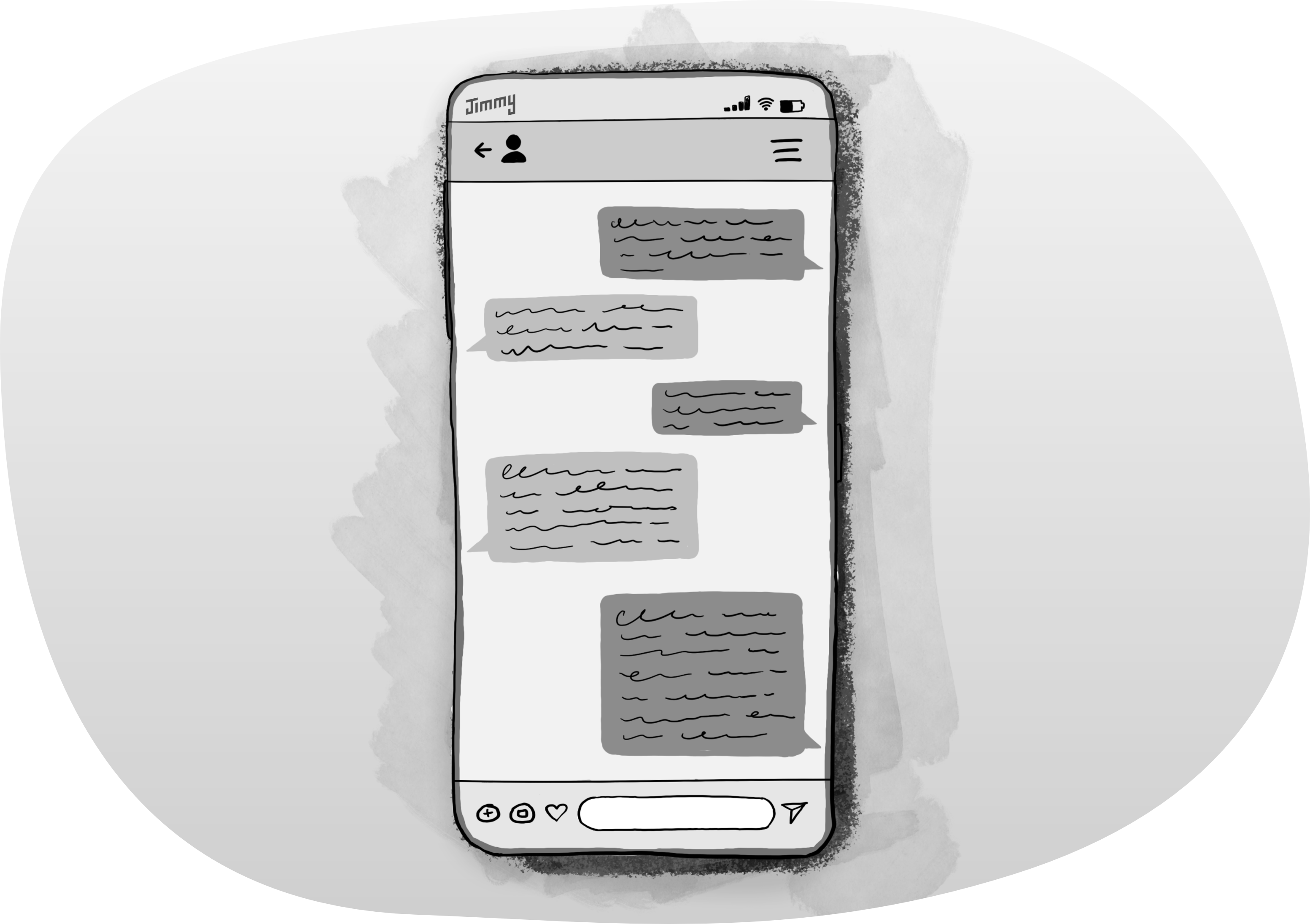
Why they matter. Why people should care.
The focus is on the story. And people aren't going to pay attention if it isn't interesting!
Common activities undertaken in this mode include:
- Drafting summaries & key messages
- Performing stakeholder analysis
- Publishing information
- Doing visual design
- Speaking publicly
- Diagramming
To do comms well relies on really understanding what the audience needs and how they see the world. And then helps put the information into their context. It's amazing when done well. It's not Spin Mode. It's authentic engagement.
Crisis Mode 🧯
I talk about Crisis Mode enough that the fact that I actually enjoy it shouldn't come as a shock!
But in case you missed it, yes, I actually really like it when things are intense, the stakes are high, and there's a ton of things to juggle! And when it is that intense, a good Business Analyst helps greatly to navigate the mess. You're focused on progress. The Business Analyst is there to help you to clarify your next steps.
In Crisis Mode, the BA is reactive but calm. They act as information infrastructure across the crisis response team to filter — and to draw attention to — information as required. They minimise potential damage, identify risks and assumptions, and help shape next steps.
Common activities undertaken in this mode include:
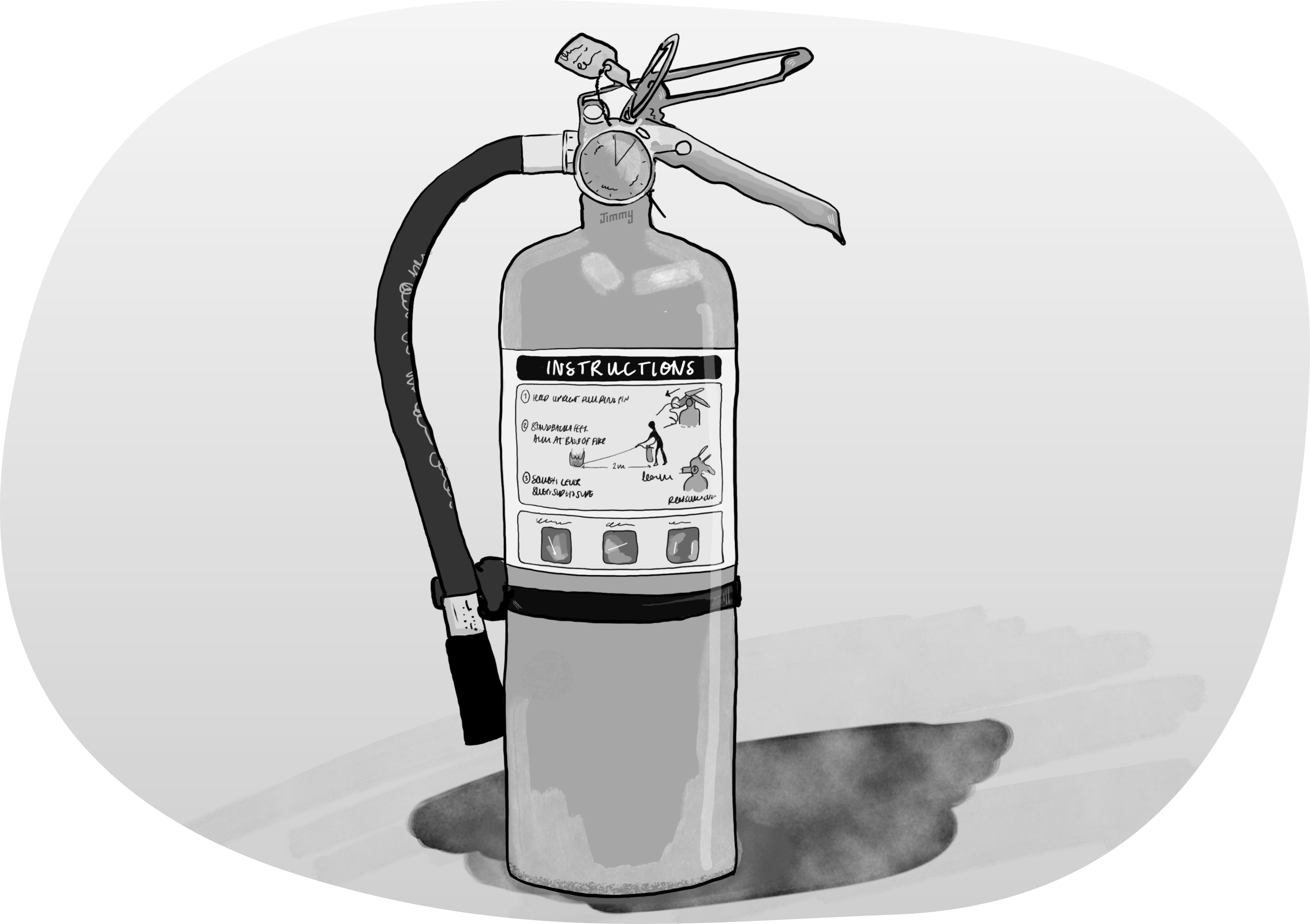
- Impact analysis
- Risk management
- Root cause analysis
- Rapid options analysis
- Immediate response planning
- Crisis communication and management
- Post-emergency evaluation and learning
But all crises are different and each needs different responses. In one, the focus might be on restoration of services, so you might be working quickly to identify the options.
In another crisis, the problem might be people-and-structure-related, so the focus would be on communication and connecting with the people involved to ensure that everyone has the information they need. Or it might be a sudden pivot from management and involve a mix of everything to get things going in the right direction!
In all cases, when in Crisis Mode, the intent is always to return to normal operations.
You should be working to get yourself out of crisis mode as soon as possible. It should be an exciting and fun time, but not a long time! If you get stuck in Crisis Mode, you might end up in Panic Mode!
But for short periods, it's the ultimate challenge. We don't have time for nonsense, we need action ASAP! What's actually going wrong? How can I help to fix things? Who's on my team and what skills do we have? What can I pull out of my toolkit that would actually help here?
Modes in practice
All the BA modes make sense … in theory.
In practice, it's all a bit squishier than what I've outlined above. The lines between modes aren't rigid, and in one organisation identifying an issue might trigger a BA to go into Investigation Mode, while in another organisation the same issue would require Crisis Mode to solve.
But you can typically work out the mode you should be in from the output you're expected to achieve.
- If they want you to help determine a direction, you should be operating in Strategic Mode.
- If they just want to work out the tactical next steps, it's Crisis Mode time!
- Oh, they want to make sure everyone understands the upcoming changes, well that means it is time to switch into Communication Mode.
The power of thinking of your work in modes is that you can be much more laser-focused on the thing that really matters in this situation, and you can avoid getting distracted by all the other (potentially best practice) things that you could be doing in this situation.
But there are some things to keep in mind.
Just as mixing the Scrum Master and PO roles on a team leads to some less-than-desirable outcomes, mixing modes tends to limit the effectiveness of each. We've all experienced how difficult it is to facilitate and document at the same time, or worse, facilitate, analyse, and document a workshop. So, knowing your current mode, and sticking to it, is usually sensible.
And I'm also pretty sure not all BAs will do all modes.
I've noticed that BAs have their own preferred modes, and look for work that leans toward spending time in the mode they like most. I have a personal preference for Crisis, Investigation, and Facilitation Modes. And honestly, I avoid Documentation Mode as much as I can.
But wait! There's more!
As I was publishing the the BA modes series on LinkedIn, I was aware that something wasn't quite right, but I couldn't put my finger on just what.
Eventually, I realised what was bugging me after I had a challenging interaction with a fellow BA. They weren't acting in any of the BA modes. Just the opposite! Instead of being in Delivery Mode as I expected them to be, they were in Obstruction Mode. Ack!
The truth is this: Business Analysts don't always operate in ways that are helpful to the team, project, or organisation. I figure that if I am promoting Business Analysts, then I have to do it honestly. I have to talk about the times that we aren't helpful. Yes, we have BA(D) Modes!
Which you can now read all about in this article's twin: BA(D) Modes.
Last updated .